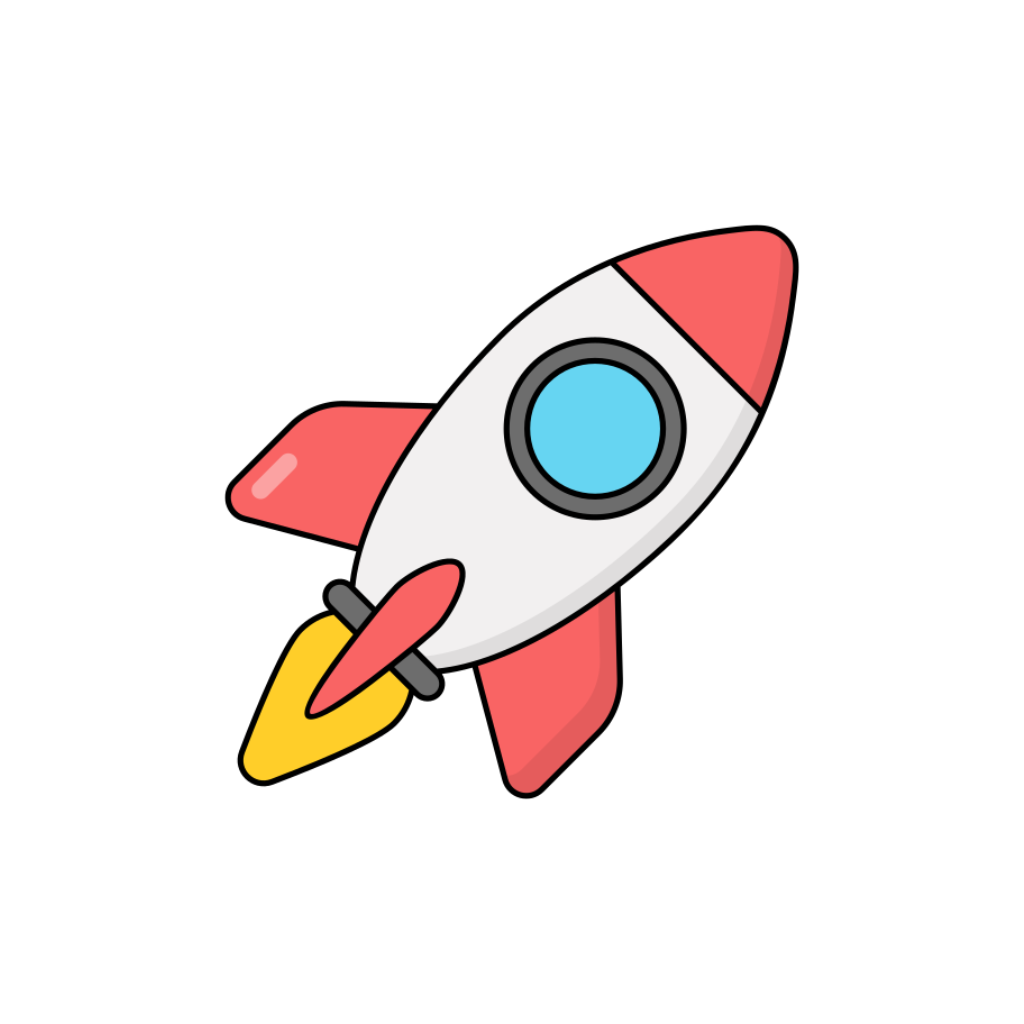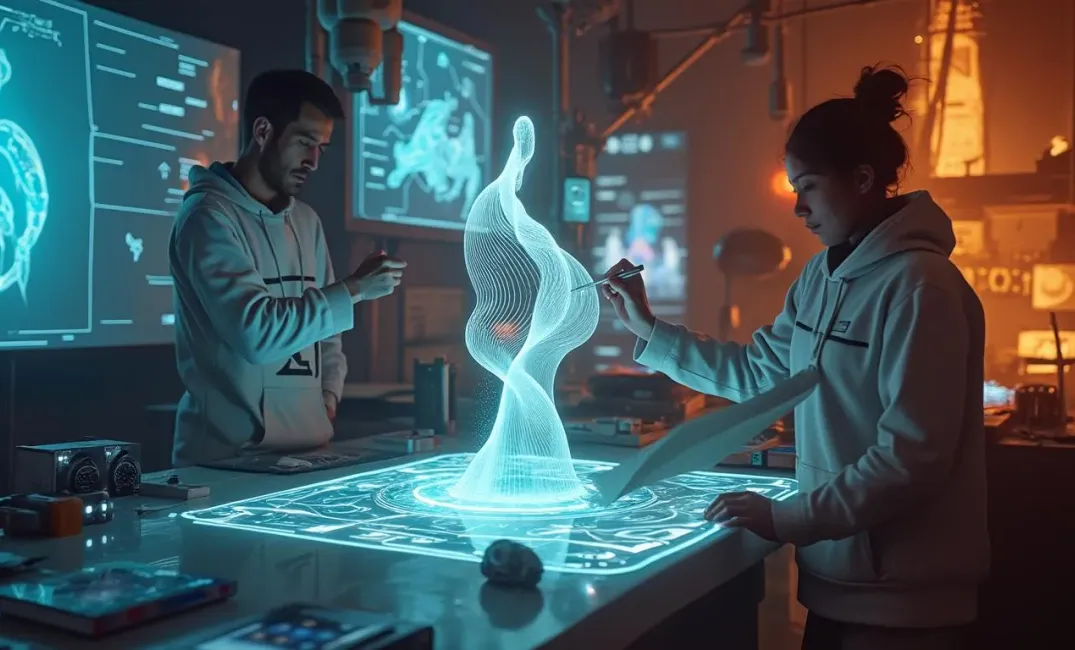Introduction: The Intersection of Vision and Innovation
"Our technology forces us to learn and become innovative, even if we have nothing." — A native of advancement
Art and technology are timeless companions, co-evolving throughout human history to shape society and reflect its values. While art expresses humanity through emotion and creativity, technology provides the tools and mediums to amplify that expression. In their convergence lies a synergy that propels societies into new realms of possibility. This exploration examines how art and technology intersect to sculpt the future—both by building bridges to the past and by charting new courses for human civilization.
Historical Foundations: Technological Artistry Through the Ages
Ancient Innovations
- Symbolism and Tools: Early humans used rudimentary technology and art to communicate, producing symbolic carvings and paintings. Technological breakthroughs like stone tools and pigments allowed for more intricate artworks, creating a foundation for cultural expression.
- Architecture and Mathematics: Architectural marvels like the pyramids or temples combined artistic vision with engineering ingenuity, demonstrating a mastery of mathematics and construction that transcended pure utility.
Renaissance and Mechanization
- Print Revolution: The invention of the printing press by Johannes Gutenberg exemplified the fusion of art and technology, democratizing access to literature and knowledge and enabling widespread cultural and intellectual exchange.
- Leonardo da Vinci: Da Vinci epitomized the Renaissance ideal, merging art and science. His sketches of inventions, anatomical studies, and paintings exemplify the symbiotic relationship between artistic creativity and technological curiosity.
The Industrial Age: Mechanized Artistry
Mass Reproduction and Photography
- Industrial Art: The Industrial Revolution brought new techniques for mass production, changing how art and design were created and distributed. Lithography and later photography expanded artistic expression, making visual art more accessible and affordable.
- Photography's Impact: Photography revolutionized visual art by capturing reality with unprecedented detail and permanence, forever influencing artistic expression and prompting debates about originality and transition in visual representation.
The Rise of Modernism
- Embracing Abstraction: With technological advances, artists like Piet Mondrian and Wassily Kandinsky explored abstraction, rejecting realism fueled by artists' new engagement with the conceptual possibilities of modern machinery and scientific progress.
- Futurism and Cubism: Movements like Futurism embraced the dynamism of technological progress, celebrating automobiles, factories, and the modern city, while Cubism, led by Picasso and Braque, deconstructed perspective, reflecting the fragmented reality of the mechanized world.
The Digital Canvas: Artistry in the Digital Age
Computational Creativity
- Digital Art Platforms: Digital technology has introduced platforms for artists to create, share, and distribute work globally. Software like Adobe Photoshop revolutionized digital art, giving artists unlimited possibilities to experiment with form, color, and technique.
- 3D Printing and Art: Technologies like 3D printing have transformed sculpture and design, allowing artists to quickly prototype and produce artworks that push the boundaries of imagination and material.
Virtual and Augmented Realities
- Immersive Experiences: Virtual and augmented realities create immersive artistic experiences that blend physical and digital worlds, breaking barriers of creativity and perception. Artists can construct virtual environments that react to user interactions, creating dynamic and interactive art.
- Digital Museums and Exhibitions: Digital platforms enable global audiences to access and engage with art, curating virtual exhibitions and museums that transcend geographical limitations and invite participation from diverse cultural contexts.
Futuristic Visions: The Confluence of AI and Art
Artificial Creativity
- Generative Art: AI has begun crafting art through algorithms that emulate human creativity. Generative art uses AI to synthesize patterns, designs, and music, raising questions about authorship, originality, and the nature of creativity.
- AI and the Creative Process: AI assists artists by generating ideas, refining techniques, and predicting audience reactions, augmenting human creativity and opening new prospects in film, music, and visual arts.
Ethical Considerations and Challenges
- Ownership and Authenticity: As AI-created art grows, debates around ownership and authenticity intensify. Who owns art created by AI? How do we value such art? These questions challenge traditional legal and conceptual boundaries.
- Cultural Representation: Ensuring diversity in AI-generated artworks necessitates conscientious programming to avoid reinforcing cultural biases or erasing unique cultural heritages, ensuring that art remains a rich tapestry of human experiences.
The Cultural and Societal Impacts of Art-Technology Synergy
Cross-Disciplinary Collaborations
- STEAM Education: Integrating art in STEM (Science, Technology, Engineering, Mathematics) education fosters innovation and creativity, producing well-rounded individuals prepared for a rapidly changing world.
Economic and Cultural Drivers
- Creative Economies: The intersection of art and technology fuels dynamic economies, fostering innovation and generating revenue across industries from design to entertainment.
- Global Cultural Cohesion: Artistic expressions harness local histories and technological advancements to create shared cultural narratives, bridging communities across continents.
Prospects for Sustainability
- Environmentally Conscious Art: Technology enables artists to create sustainability-focused installations, prompting public discourse on ecological responsibility and promoting a shift toward more sustainable societal practices.
Conclusion: Sculpting a Unified Future
"Art is not freedom from discipline, but disciplined freedom." — John F. Kennedy
The convergence of art and technology represents a powerful testament to human ingenuity. This ever-evolving relationship continues to shape our world and future by providing novel ways to understand our past, celebrate our present, and imagine our future.
Art and technology, interwoven through time, now stand at the frontier of boundless potential. As humanity ventures into the cosmos, this synergy will transform not only our earthly experience but also our cosmic one—ushering us into new worlds and possibilities.
In the grand tapestry of existence, art and technology guide us to new horizons. As keepers of beauty and builders of innovation, they carry forward humanity's torch of creativity, bridging the space between the tangible and the transcendent. As we sculpt the future, let us honor their legacy and invite the next chapters of human experience, woven with imagination, vision, and bold exploration.
TECHNOLOGY, ART, CREATIVITY, STEAM, CULTURAL IMPACT, DIGITAL AGE, HISTORY, INNOVATION, SUSTAINABILITY, AI

